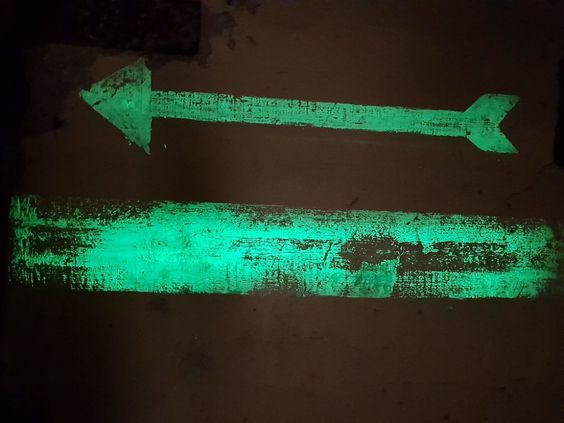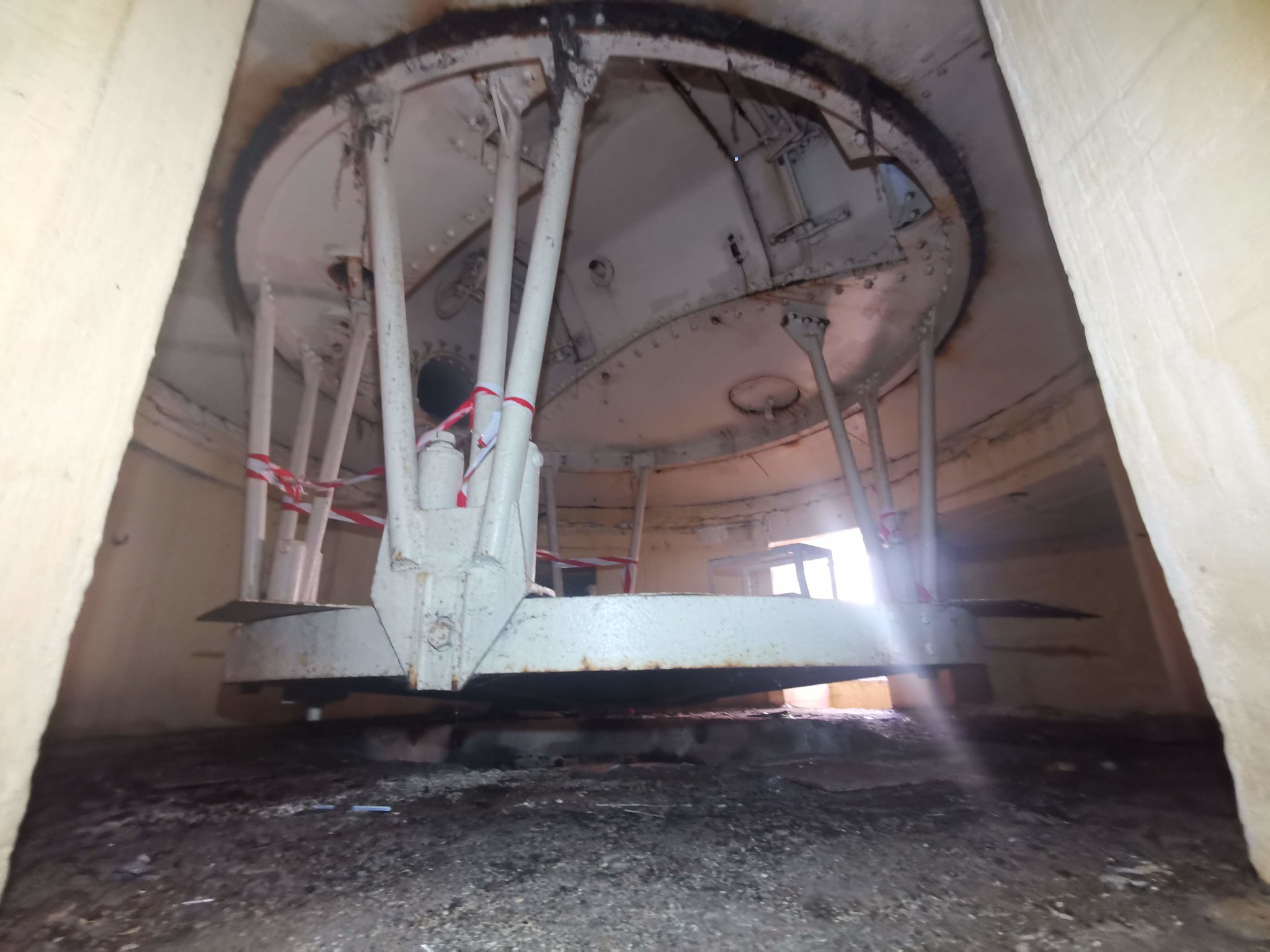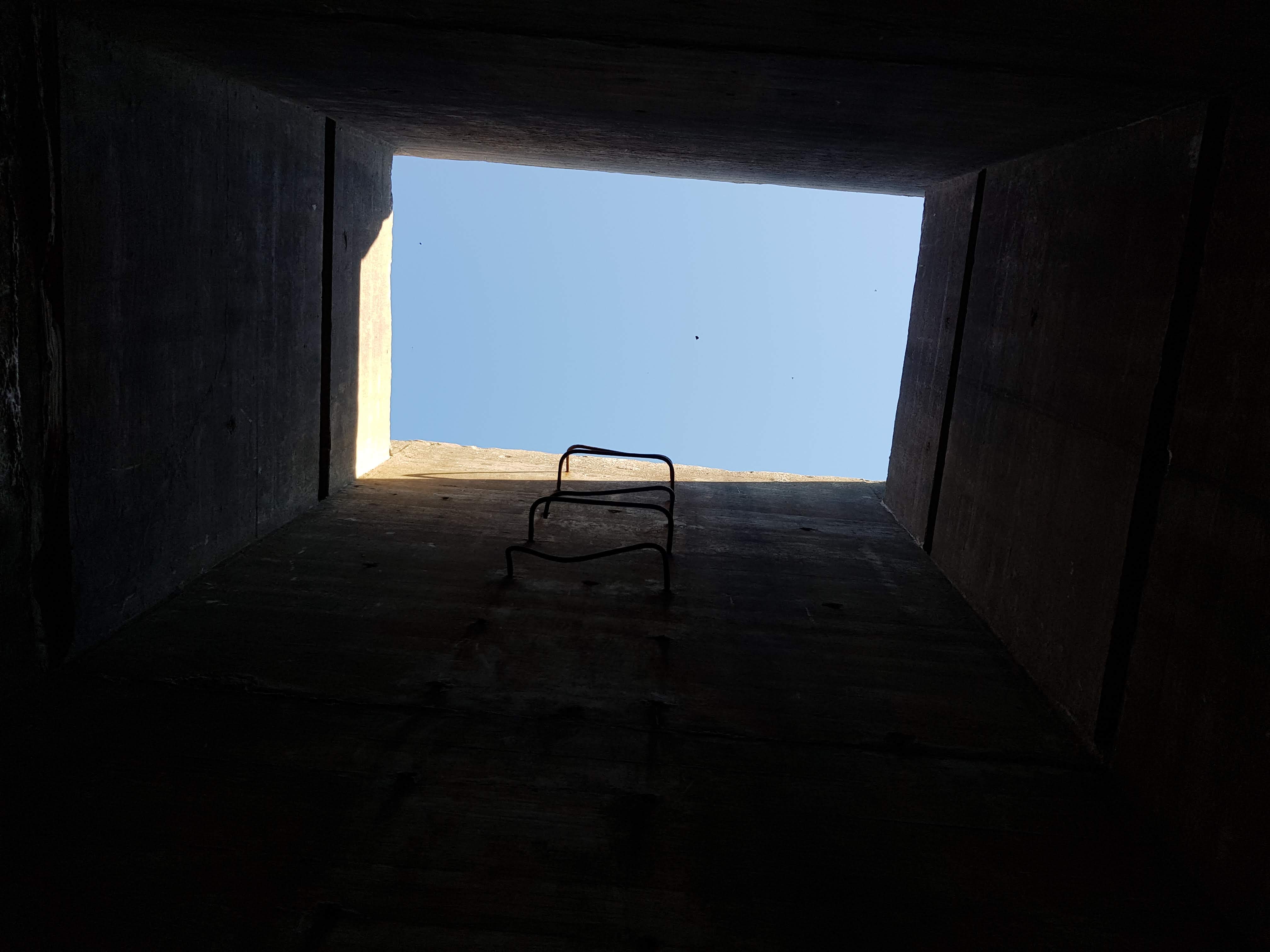Exploring the Fascinating History of the Atlantic Wall: A Historical Account
The Atlantic Wall is one of the most fascinating engineering feats in history. Built by Nazi Germany during World War II, this massive fortification system was designed to prevent an Allied invasion along the coast of Western Europe. The wall consisted of bunkers, gun emplacements, and other defensive structures stretching for thousands of miles, making it one of the largest military construction projects in history.
As you journey through the remains of the Atlantic Wall today, it is easy to see the complexity of the construction and the vast amounts of resources poured into this project. From the bunkers and tunnels, to the artillery and concrete barriers, it is a marvel of human engineering.
The Atlantic Wall was constructed in just a few short years, from 1942 to 1944, and at its peak, it was manned by over half a million German soldiers. The wall was an intimidating sight, stretching from the northern reaches of Norway to the southern coast of France. Along the way, it included some of the most heavily fortified regions in Europe, such as Normandy, where the Allies landed on D-Day.
One of the most impressive features of the Atlantic Wall is the bunkers. These were built to provide shelter and protection to the German soldiers stationed along the wall. There were many different types of bunkers, each with its own purpose and design.
The most common type of bunker was the Tobruk. These were small, circular structures with a flat roof and a small opening for a machine gun. The Tobruk was designed to be used as a lookout and to provide covering fire for the troops stationed nearby.
Another common type of bunker was the Regelbau, a more substantial bunker with thick walls and multiple levels. These were designed to be used as command centers, communication hubs, and storage facilities.
The Atlantic Wall also featured a variety of gun emplacements, ranging from small anti-tank guns to massive coastal artillery pieces. The most famous of these were the German 88mm guns, which were highly accurate and could be used against both ground targets and aircraft.
Despite its impressive size and design, the Atlantic Wall was not enough to stop the Allies from invading. On June 6th, 1944, the Allies launched the largest amphibious invasion in history, landing on the beaches of Normandy and ultimately breaking through the Atlantic Wall.
Today, the Atlantic Wall remains a popular tourist destination, with many of the bunkers and gun emplacements open to the public. Visitors can explore the intricate tunnels and passages, stand in the gun emplacements, and learn about the history of this remarkable structure.
In conclusion, the Atlantic Wall is a testament to human engineering and the lengths that humans will go to protect their territory. Despite its ultimate failure, the wall remains a fascinating piece of history, and a reminder of the devastating impact of war.
So, if you are ever in Europe, take the time to explore the Atlantic Wall and the intricate details of the bunkers and gun emplacements. You will be amazed by the engineering feats accomplished by the soldiers who built it, and the sacrifices made by those who defended it.
Keywords: Atlantic Wall, WW2 bunker.
 |  |  |
 |  |  |
 |  |  |
 |  |  |
 |  |  |
 |  |  |
 |  |  |
 |  |  |
 |  |  |
 |  |  |
 |  |  |
 |  |  |
 |  |  |
 |  |  |
 |  |  |
 |  |  |
 |  |  |
 |  |
@atlantic_wall Find out the world's most notorious bunkers #atlantic wall♬ original sound - atlantic wall
Pinterest boards

In June 1944, the Allies landed at Normandy
A hidden treasure trove of WWII tunnels and bunkers in Germany that still look like the day they were used.

The ATLANTIKWALL in Raversyde ★★★☆☆
The Atlantic Wall was one of the most formidable German WWII defenses, built of concrete and strengthened by an elaborate network of antitank obstacles. Its successful construction and defense was incomprehensible thanks to the use of the Soviet Union's extensive engineering and construction knowledge, courtesy.

Established in 1939, the Atlantikwall is the best
The Atlantic Wall in Denmark was built to withstand the German invasion in 1940. Learn more about the history of this famous fortification, and how it inspired us to create. strong, versatile home.

☠ Verdun region in Germany ☠
The Atlantic Wall was a massive undertaking, with thousands of pillboxes, artillery emplacements, and other fortifications constructed along the coastline of Nazi occupied Europe.

Fortification of the Atlantic Wall
The Atlantic Wall in Denmark is. place where you can learn more about the history of the fortifications and the Regelbau program.

Order online or visit us at:atlantic wall
The Atlantic Wall was the fortification built by Nazi Germany during World War II to guard its western borders against an Allied invasion. It stretched from the North Sea to the Bay of Biscay in an attempt to block British and American troops in northwestern Europe.

LESSONS FROM THE ATLANTIKWALL Museum Noordwijk
The Nazi objective was the same in all three areas: the bunkers were designed to be the Germans’ last line of defense against the Allied invasion to force them back across the Channel.

Fortifications work against the current
-Remains of the Atlantikwall in Northern Europe-Only small sections of the Westwall still exist.
Related Sites:
- a memory book on atlantic wall in
- walk atlantic wall
- find out more about the atlantic wall
- where the atlantic wall is
- hitler built atlantic wall
- when was atlantic wall first built
- the chilling story of atlantic wall
- learn more about the atlantic wall
- hitler ordered the building of the atlantic wall
- see remaining atlantic wall today
- Profile | Pinterest
- what is the atlantic wall
- the atlantic wall was a giant success
- check out the ghostly atlantic wall
- the atlantic wall was a major blow to the allies
- Boards | Pinterest
- atlantic wall made of many porous walls
- atlantic wall in denmark
- what was the atlantic wall
- the building of atlantic wall began in
- the ruins of atlantic wall
- the nazis built the atlantic wall















































































Comments
Post a Comment